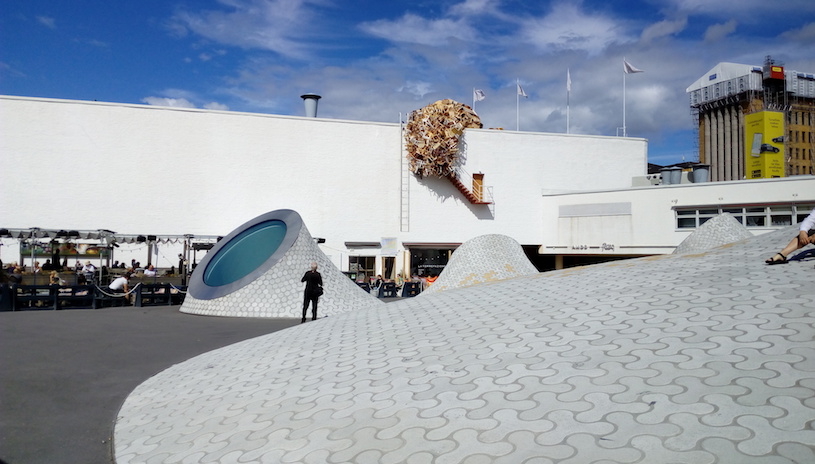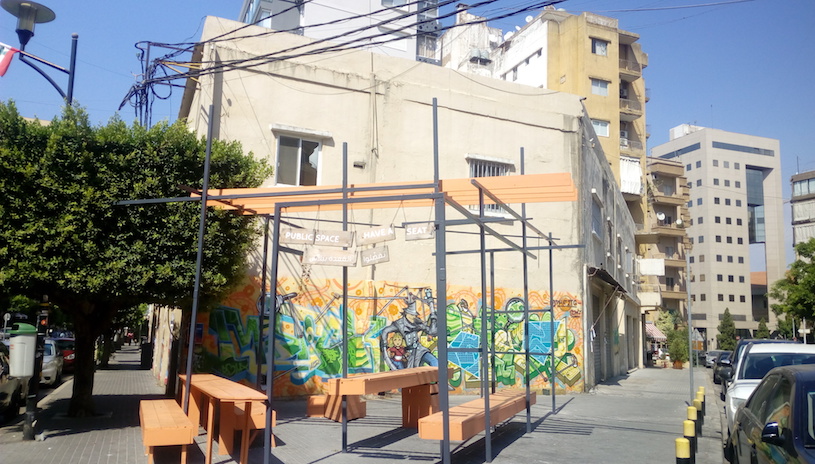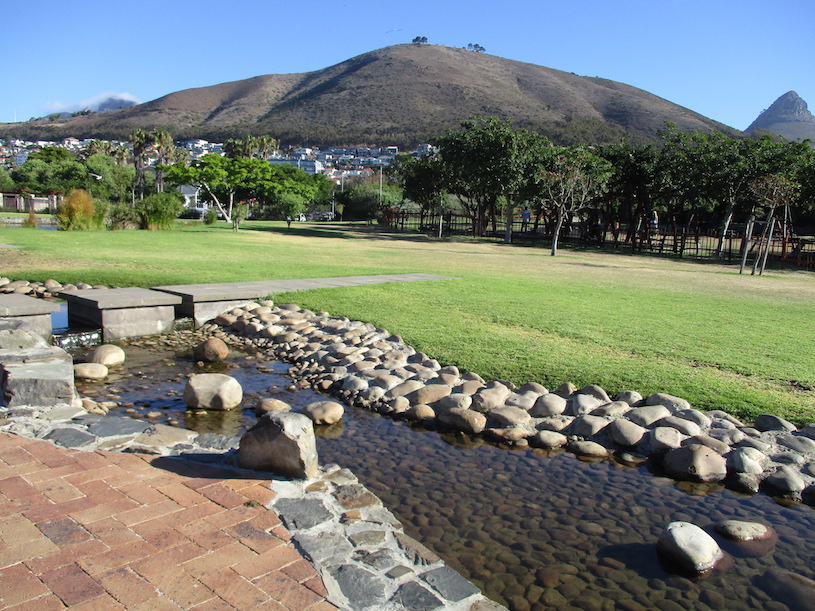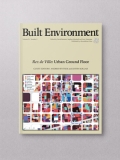A waltz or a tango? Public spaces in the Global North and South
Karina Landman and Christine Mady are the editors of the Built Environment Special Issue on Uncovering Different Faces of Public Spaces in the Global North and South.
Public spaces are the living rooms or communal gardens of the city (Figure 1). They are the corridors or intersections of exchange. Yet, they can welcome people or push them away. As cities change across the world, public spaces also change (Figure 2). Yet many wonder about the nature and meaning of these changes. Globally, the United Nations have called for more inclusive, safe and sustainable public spaces. In recent years, planners and designers have started to question the relevance of different planning approaches in different parts of the world. Are Global North theories and practices appropriate for the Global South? What does this mean for the design and management of public spaces?

Figure 1: Helsinki Amos Rex Museum – 29 July 2022
We set out to investigate these questions through several stories of different public spaces in the Global North and South. These stories highlighted local conflicts between various users in public space in India and South Africa, and between residents and local government in Cyprus. The tales also revealed attempts by residents to adapt local spaces in response to the COVID-19 pandemic confinements in Canada and Jordan. In both Sweden and Afghanistan, residents were afraid to visit some public spaces due to perceptions of crime. In the stories from Ningbo and Ljubljana, local governments started using technology to obtain data, inform or direct public space users.
Despite the variations across these different accounts from across the world that showed various faces of public space, common issues also emerged. The commonalities referred to the role of governance, response to urban crisis, the influence of the broader context, and the notion of inclusion.

Figure 2: Beirut, public space in Badaro area – 31 August 2019
If we look closer at the use and management of public space, they often reflect the relationship between local governments and residents in a specific part of the city. These relationships can be supportive, where residents assist the local government to maintain public spaces, or it can be resistant, where residents appropriate public space for personal uses. During the COVID-19 restrictions, residents in Canada and Jordan established various activities in public space to accommodate new uses and opportunities for interaction outdoors. In Cyprus, some residents appropriated public space to the great disgust of others, while in South Africa and India, residents changed the conventional use of some public spaces, from the originally planned ones.
These stories also showed how public spaces responded to urban crises. In Montreal and Amman, residents temporarily adopted street space to setup stalls and other entertainment facilities to accommodate outdoor gathering, while in Ningbo, ICT started to offer mechanisms to monitor and guide users during the COVID-19 Pandemic.

Figure 3: Cape Town Green Point Park – January 2018
It also became clear that public space often acts as a mirror of the broader context, whether in terms of ideology or social conditions. The traces of colonialism and/or Apartheid are still lingering in some spaces, for example in Pretoria and Bangalore, while the fear of crime discourages people from frequenting spaces in Stockholm and Karachi.
Inclusion remains a slippery goal. Although ICT technologies in Slovenia and China have assisted to include a wider spectrum of people’s voices, the level of participation remains moderate. At the same time, while some are included in public space, others are excluded either physically or psychologically.
While this issue’s stories reveal new aspects of public space, they also highlight the difficulty of clearly distinguishing between the Global North and South, as blurring seems to occur within this binary. The tale from Cyprus illustrated activities that are more characteristic of the Global South, while the account from China reflected typical Global North interventions. This suggests that stark distinctions are not always useful. While there is a need to know more from the Global South, researchers should be mindful of creating new divisions. Public spaces provide the setting for a complex dance at a micro-level, reflecting multiple stories across time and space (Figure 3). Whether a waltz or a tango, the dance should allow the expression of positive everyday contextual experiences, while simultaneously addressing global challenges such as climate change, migration and conflict.
________________________________________________________________
As ever we welcome further Built Environment blogs & tweets on this theme!
All Images © author. All rights reserved


